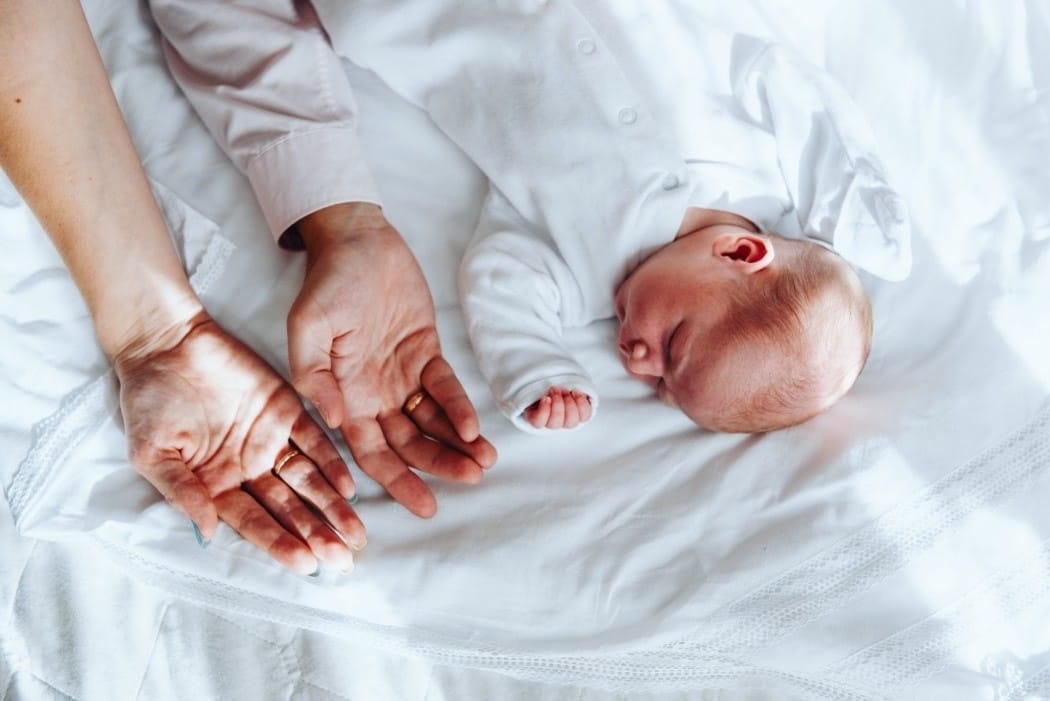Parental leave alone won’t fix the income gender gap—but here’s what does

Changing the way we think about roles in workplaces + homes could help—at least when it comes to the next generation.
For new mamas back to sitting behind their desks at work some six weeks (or fewer) after their babies are born, the institutionalized parental leave policy in Denmark is the stuff of daydreams: Over in that Scandinavian paradise, parents are granted 52 weeks of paid leave to divide between them.
There’s no denying this is much, much better than the state of parental leave in the United States, but it isn’t quite as perfect as it seems from the outside. According to Denmark’s Directorate of Employment, Labour and Social Affairs, women take an average 93% of leave allotted to couples. And when they do return to work, mothers’ wages suffer both in comparison to men and women without children.
The good news is that it seems the solution to this gender income gap is something we—the mothers of today, even here in America—can do something about.
A new paper from the US National Bureau of Economic Research that examined Danish administration information from 1980 to 2013 found the motherhood penalty “creates a gender gap in earnings of around 20% in the long run,” which is comparable to the gap in the United States.
What’s more, the income discrepancy only increases for each child a family in Denmark has: If a woman has four children, her income is only $0.60 to every dollar a man makes—10 years down the road.
While this indicates paid parental leave alone may not be the panacea for the gender income gap, the researchers suggest that changing the way we think about roles in the workplaces and homes could help—at least when it comes to the next generation.
“As a possible explanation for the persistence of child penalties, we show that they are transmitted through generations, from parents to daughters (but not sons),” the researchers note, explaining that the more a daughter’s mother worked while the girl was growing up, the less the daughter’s income was affected when she became a mother.
“Women tend to adopt a balance of paid work and childcare that is correlated with the one they saw their mother strike when they were growing up,” Henrik Kleven, a Princeton economist and the paper’s lead author, tells Quartz At Work.
What this looks like in practice is splitting household responsibilities from the get-go and encouraging fathers to take more leave. (In Sweden, where fathers are penalized for not taking advantage of paternity leave, women’s earning rose an average 7% for each month of leave that men took.)
According to the State of the World’s Fathers’ report, produced by Promundo (a non-profit organization dedicated to engaging men and boys in gender equality in partnership with Dove Men+Care) 85% of dads surveyed in the United States, the UK, Argentina, Brazil, Canada, Japan and the Netherlands want to take paternity leave, and yet less than 50% of fathers take as much time as their country’s policy allows, and social norms, financial pressures and a lack of support from their managers are all factors.
The report also found that if fathers are able to do just under an hour of unpaid work per day, mothers can cut their unpaid labor time by the same amount.
“We need men to do our share. Fifty minutes more to relieve women of 50 minutes less would get us really close to equal,” the president and CEO of Promundo, Gary Barker, told Motherly.
This may help shift us toward more income equality today—and, as the research shows, our daughters will really be able to reap the benefits.
[A version of this post was first published January 29, 2018. It has been updated.]






































